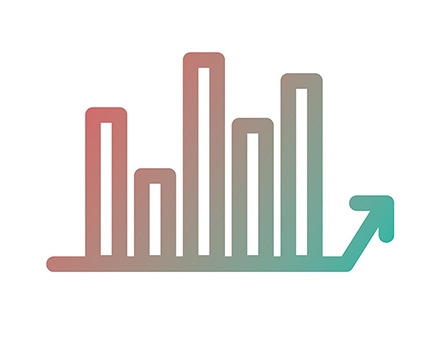SAM Magazine—Winter Park, Colo., Sept. 14, 2023—After a slow start, the summer of 2023 will likely finish down slightly from last year for lodging properties in Western mountain destinations, but will still come very close to last summer's revenue record. According to the most recent monthly Market Briefing released by DestiMetrics, the business intelligence division of Inntopia, mountain lodging properties were able to manage rates adroitly and raise occupancy levels as the summer progressed.
According to the most recent monthly Market Briefing released by DestiMetrics, the business intelligence division of Inntopia, mountain lodging properties were able to manage rates adroitly and raise occupancy levels as the summer progressed.
Winter 2023-24 bookings, in contrast, were off to a relatively strong start. However, the Briefing cautioned that most winter visitors do not start their planning until after Labor Day.
The data reflect the results from approximately 28,000 lodging units in 17 mountain destination communities across Colorado, Utah, California, Nevada, Wyoming, Montana, and Idaho, and represent 55 percent of all available rental units in those regions.
In a year-over-year comparison, occupancy in August was down 2.2 percent for the month while the average daily rate (ADR) slipped 0.4 percent. The decline in both categories led to a moderate 2.6 percent decrease in revenue for the month.
For the full summer, May through October, the combination of actual and on-the-books occupancy was down 1.9 percent compared to last summer through Aug. 31. However, daily rates are set to rise 1.6 percent for the season, resulting in a mere 0.4 percent decline in revenues.
“The autumn months of September and October continue to show the most consistent growth in the past 12 years,” said Tom Foley, senior vice president of business intelligence for Inntopia. “At the moment, we’re seeing that trend continue.”
Winter season coming into focus
Looking ahead to the 2023-24 winter, on-the-books occupancy for November through February, based on bookings through Aug. 31, was down a slight 1.2 percent. Bookings were higher for November and December, with January and February both showing minor declines. ADR rose an aggregated 4.5 percent with January showing the greatest strength, up 8.5 percent over last year.
The booking pace in August for winter arrivals declined 5.1 percent, marking only the second month that has seen bookings decline in 2023. This was the sharpest downturn in pace since September 2022. However, much of the decline can be attributed to strength last year rather than weakness this year.
“What started as a summer with extreme revenue and lodging demand challenges has achieved a remarkable comeback and is now trending to finish in a slightly down position from a year ago—a vast improvement from how things were shaping up back in February,” clarified Foley.
“Looking ahead to winter bookings, we’re still seeing some rate sensitivity but some return to the rate strength we saw last year at this time,” he continued. “And even though winter occupancy is down slightly, a foundation of high-end bookings is already being established. As economic pressures ease a bit, the stage is set for a winter season that will, as always, be defined by snowfall,” he concluded.




